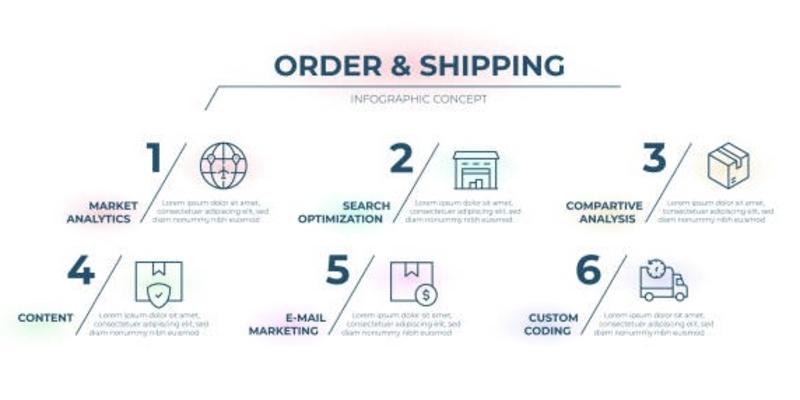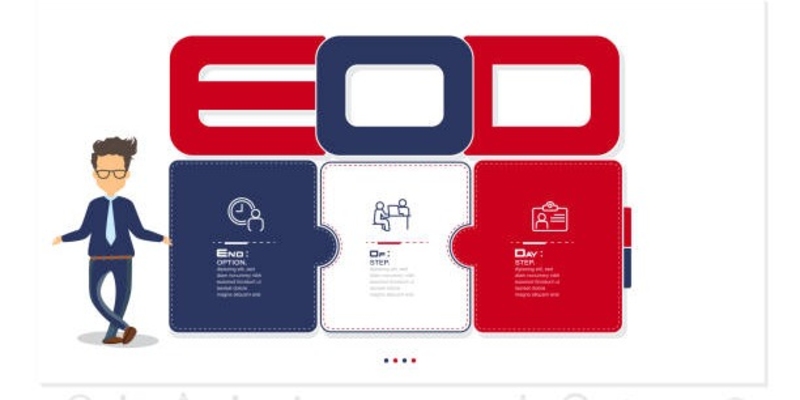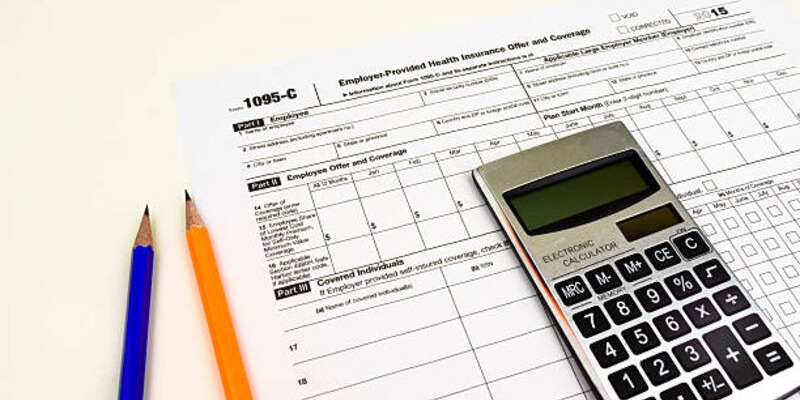The Ultimate Guide to Curated ETFs: Building Your Model Portfolio
Mar 19, 2024 By Susan Kelly
Welcome to The Ultimate Guide to Curated ETFs: Building Your Model Portfolio. In this comprehensive guide, we will explore the world of Exchange-Traded Funds (ETFs) and how they can be a pivotal element in creating a diversified, robust portfolio. Whether you're a seasoned investor or new to the arena, understanding how to curate and manage ETFs can significantly impact your investment strategy and financial success. Get ready to unlock the potential of ETFs and take a step forward in mastering the art of building your ideal investment portfolio.
Basics of ETF Investment: How to Get Started?
Now that you have a basic understanding of what ETFs are, let's discuss how to get started with investing in them.
- The first step is to open a brokerage account, which will enable you to buy and sell ETFs on the stock exchange.
- Next, determine your investment goals and risk tolerance level as these factors will guide your decision-making process when selecting ETFs for your portfolio. It's also crucial to research and compare different ETF options, analyzing their performance history, expense ratios, and underlying assets.
- Once you have a solid understanding of these factors, you can start building your model portfolio with curated ETFs.
What Are ETFs and Their Advantages over Other Investment Vehicles?
ETFs, or Exchange-Traded Funds, are investment vehicles that track a specific index, commodity, sector, or asset class. They are similar to mutual funds in the sense that they offer diversification and professional management of assets. However, ETFs have several advantages over traditional mutual funds.
One of the main advantages of ETFs is their lower fees and expenses compared to mutual funds. ETFs typically have lower expense ratios, which can significantly impact your returns over time. Additionally, ETFs offer more flexibility in terms of trading as they can be bought and sold throughout the day on the stock exchange, unlike mutual funds that are only priced at the end of each trading day.
Another advantage of ETFs is their tax efficiency. ETFs generally have lower turnover rates, which means they generate fewer capital gains, resulting in less tax liability for investors. Additionally, ETFs are not subject to capital gain distributions like mutual funds, allowing investors to control when and how much they pay in taxes.
How to Curate Your ETF Portfolio?
Curating your ETF portfolio involves carefully selecting the right mix of ETFs based on your investment goals and risk tolerance level. A well-diversified portfolio should include ETFs from various asset classes, such as stocks, bonds, commodities, and real estate. Start by identifying your investment objectives - whether you're looking for long-term growth, income generation, or a combination of both. Assess your risk tolerance level to determine the appropriate allocation between equities and fixed-income assets.
Crafting Your Investment Strategy: Considerations for Curated ETF Portfolios:

When crafting your investment strategy with curated ETFs, there are several important considerations to keep in mind. First, be mindful of the expense ratios of the ETFs you select as these fees can significantly impact your returns over time. Pay attention to the underlying assets of each ETF and ensure they align with your investment goals and risk tolerance level.
Another crucial factor to consider is diversification. While ETFs offer inherent diversification, it's essential to select a mix of assets that complement each other and provide balanced exposure across various sectors and industries. This can help mitigate risk and balance out potential losses in one area with gains in another.
Identifying Your Financial Goals and How ETFs Can Help Achieve Them?
Identifying your financial goals is a critical step in curating your ETF portfolio. ETFs can help you achieve various objectives, such as long-term growth, income generation, and diversification. For investors seeking long-term growth, ETFs that track broad market indices or specific sectors with high potential for growth can be suitable options. Investors looking for steady income may consider ETFs that focus on dividend-paying stocks or bonds. And for those seeking diversification, there are ETF options that provide exposure to a mix of assets across different industries and regions.
The Role of Diversification in Your ETF Portfolio:
Diversification is a crucial element in building a successful ETF portfolio. By investing in multiple assets across different sectors, industries, and regions, you can reduce the overall risk of your portfolio. Diversification also allows you to balance out potential losses in one area with gains in another, providing more stable long-term returns. However, it's essential to note that diversification does not guarantee a profit or protect against loss, but it can help mitigate risk and provide more stable returns over time.
Curating the Ultimate ETF List: Factors to Consider:

When selecting ETFs for your portfolio, there are several factors you should consider to ensure you're making the most informed decisions.
- Research and compare different options within each asset class.
- Considering factors such as performance history.
- Expense ratios, and underlying assets.
Additionally, pay attention to the liquidity of the ETFs you choose as this can affect their trading volume and potentially impact their performance. It's also crucial to regularly review and rebalance your ETF portfolio to ensure it aligns with your investment goals and risk tolerance level.
Criteria for Selecting High-Performance ETFs:
High-performance ETFs can help boost the overall returns of your portfolio. When selecting these types of ETFs, consider factors such as:
- Historical performance - look for consistent, long-term returns rather than short-term gains.
- Expense ratios - lower fees can lead to higher net returns over time.
- Tracking error - how closely does the ETF track its underlying index or assets?
- Liquidity - higher trading volume can lead to more efficient pricing and better performance.
By considering these criteria, you can find high-performance ETFs that align with your investment goals and help boost the overall success of your portfolio.
Conclusion:
Crafting a curated ETF portfolio is an effective way to achieve your investment goals and build long-term wealth. By considering factors such as expense ratios, underlying assets, diversification, and performance history, you can select ETFs that align with your risk tolerance level and help boost the overall success of your portfolio. It's also essential to regularly review and rebalance your portfolio to ensure it remains in line with your goals. And for more advanced investment strategies, leveraged and inverse ETFs can provide opportunities for higher returns but require careful consideration and research before incorporating them into your portfolio.

The boundaries of artificial intelligence protection

Mastering Marginal Tax Rates: A Comprehensive Guide

Difference Between Hedge Funds and Mutual Funds

Great Western Insurance Company: Behind the Scenes of Customer Satisfaction

Understanding and Preventing Identity Fraud in Commercial Applications

Form 1095-C: Definition, Uses, and Tax Filing Requirements Explained

Tracing the Evolution of the Chinese Yuan Renminbi: From Ancient Beginnings to Modern Power

Evaluation of The RISLA Student Loan Program For The Year 2023

All You Should Know About Not Knowing About Your Stock's Basis Costs

